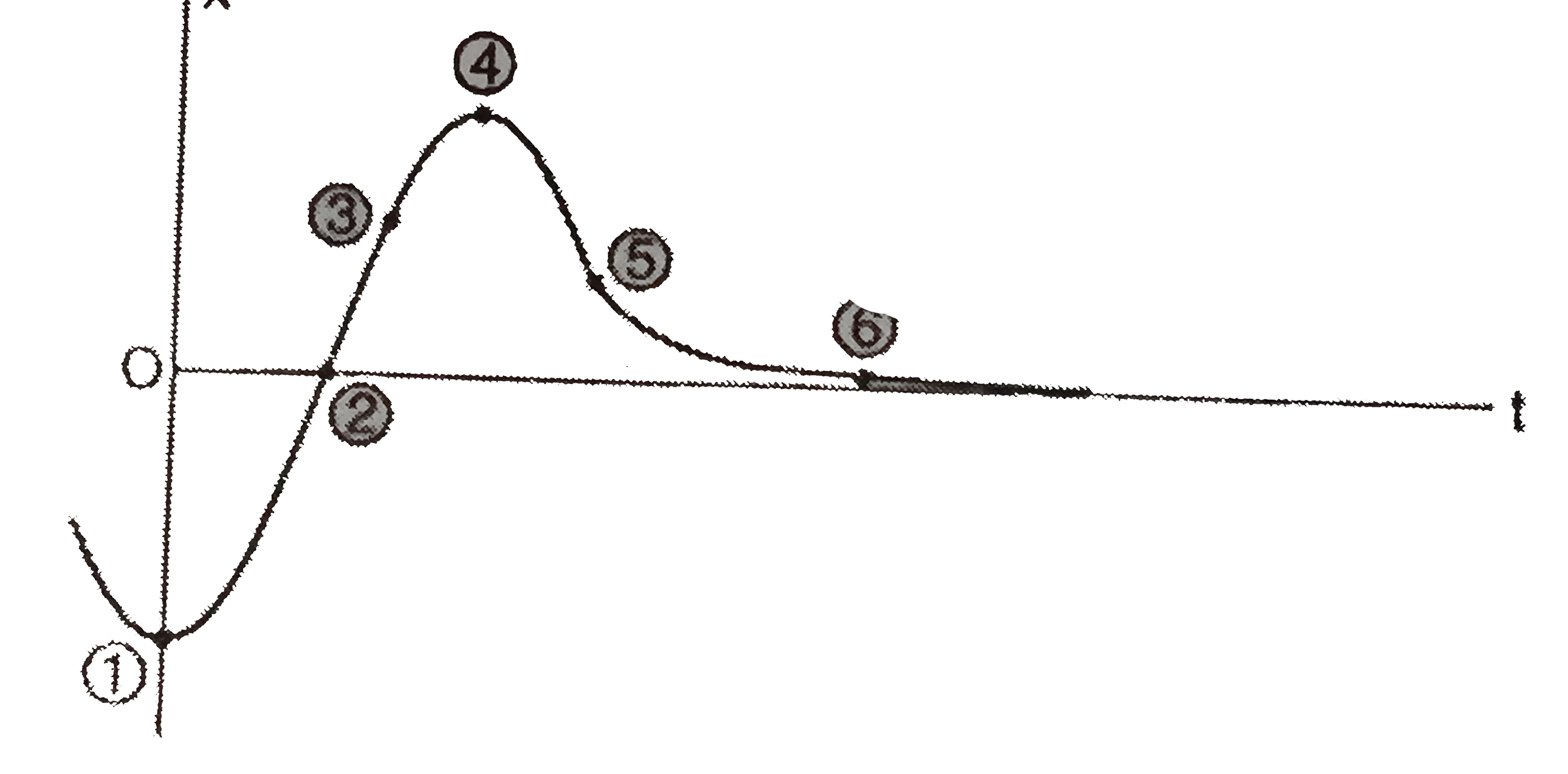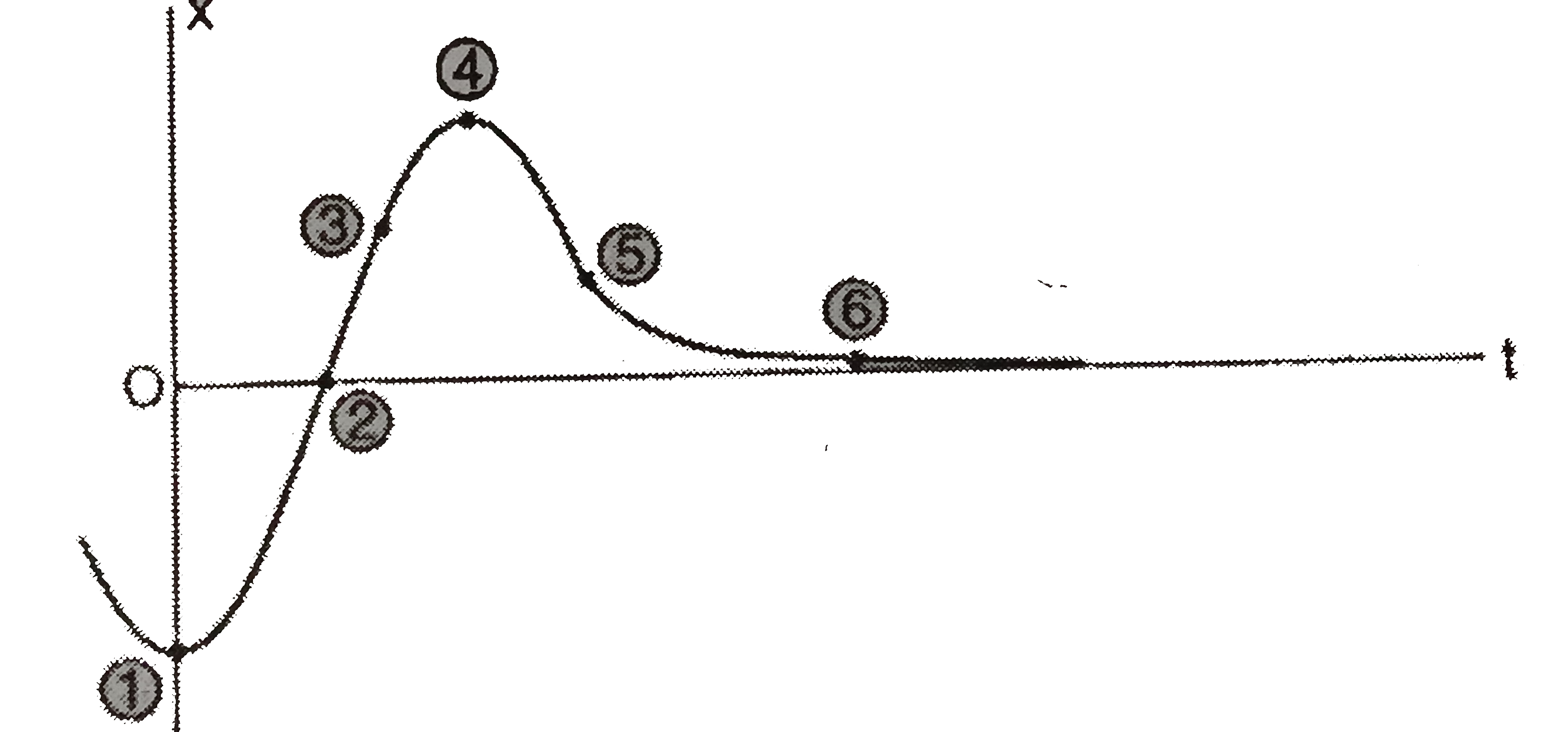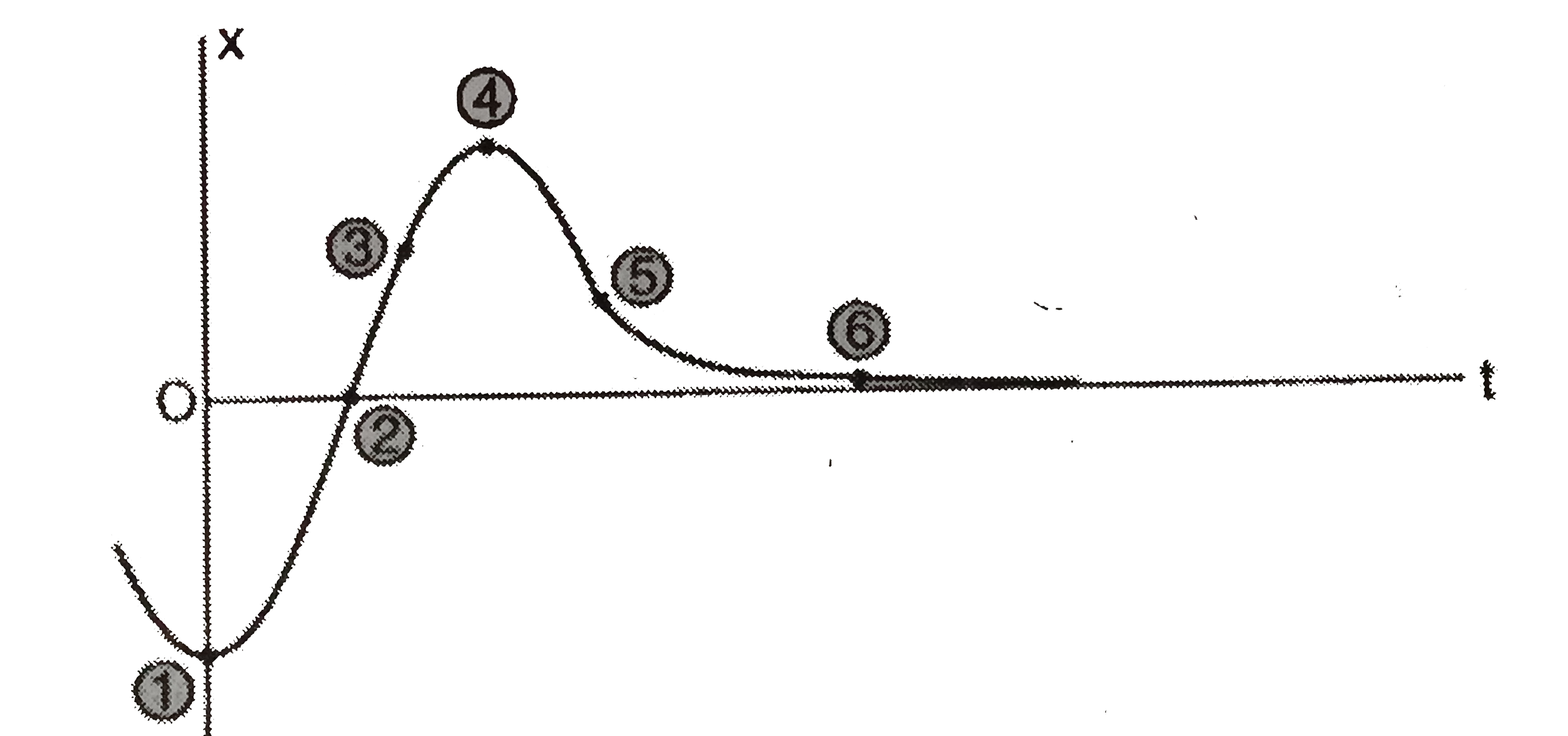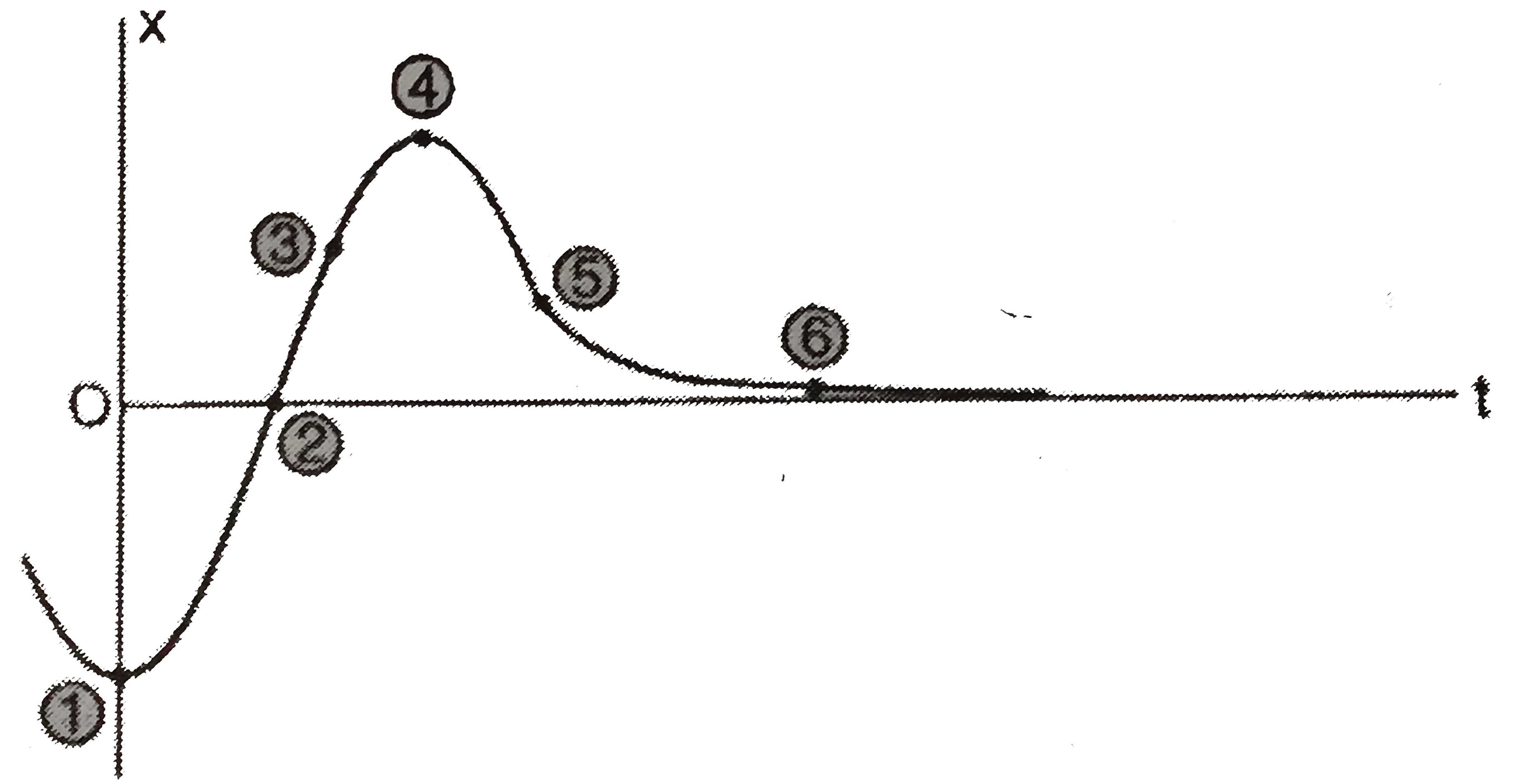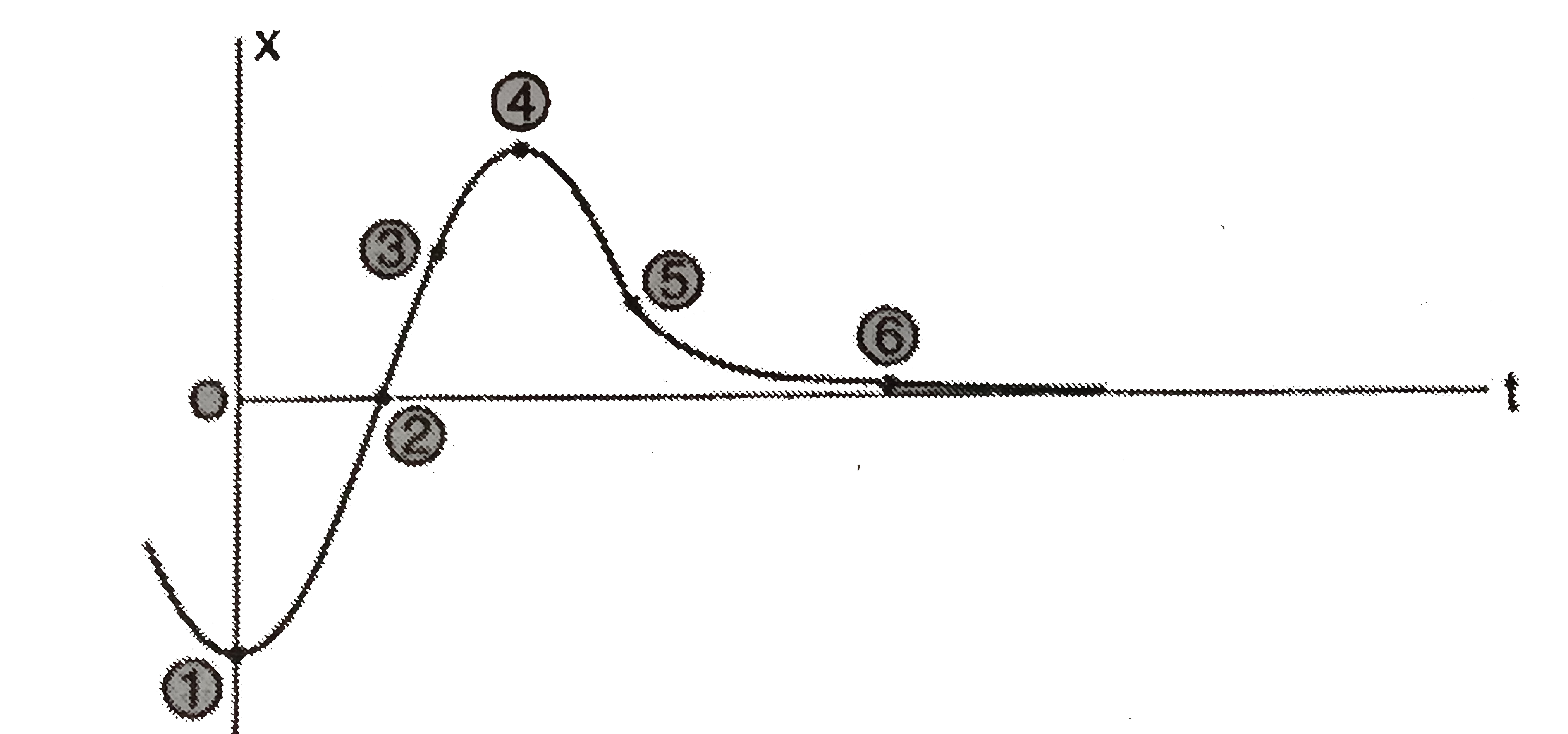Comprehension type Queston from GR BATHLA & SONS PHYSICS Chapter 4 MOTION IN A STRAIGHT LINE for Class 11
| Class 11 | PHYSICS |
| Chapter | MOTION IN A STRAIGHT LINE |
| GR BATHLA & SONS PHYSICS | Comprehension type Queston |
| Medium | English |
| Academic Year | 2023-2024 |
Question 7
A person standing on the roof of a building throws a ball vertically upward at an instant t=0. The ball leaves his hand with an upward speed 20 m/s and it is then in free fall. The ball rises to a certain height and then moves down. On its way down, the ball just misses to hit the roof of the building and keeps falling towards the earth. the ball hits earth at t=5sec. considering that (i) the vertically upward direction is the positive Y-direction (ii) the position of ball at t=0 is the origin (iii) the ball does not rebound and comes to rest at the same place where it hits earth and (iv) air resistance is negligible. (Take g=10m/s2)
Maximum displacement of the ball from the initial position is : View SolutionQuestion 8
A person standing on the roof of a building throws a ball vertically upward at an instant t=0. The ball leaves his hand with an upward speed 20 m/s and it is then in free fall. The ball rises to a certain height and then moves down. On its way down, the ball just misses to hit the roof of the building and keeps falling towards the earth. the ball hits earth at t=5sec. considering that (i) the vertically upward direction is the positive Y-direction (ii) the position of ball at t=0 is the origin (iii) the ball does not rebound and comes to rest at the same place where it hits earth and (iv) air resistance is negligible. (Take g=10m/s2)
Average velocity of the ball from t=0 to t=5 secView SolutionQuestion 9
A person standing on the roof of a building throws a ball vertically upward at an instant t=0. The ball leaves his hand with an upward speed 20 m/s and it is then in free fall. The ball rises to a certain height and then moves down. On its way down, the ball just misses to hit the roof of the building and keeps falling towards the earth. the ball hits earth at t=5sec. considering that (i) the vertically upward direction is the positive Y-direction (ii) the position of ball at t=0 is the origin (iii) the ball does not rebound and comes to rest at the same place where it hits earth and (iv) air resistance is negligible. (Take g=10m/s2)
Position -time graph for the given motion of the ball is : View SolutionQuestion 10
A person standing on the roof of a building throws a ball vertically upward at an instant t=0. The ball leaves his hand with an upward speed 20 m/s and it is then in free fall. The ball rises to a certain height and then moves down. On its way down, the ball just misses to hit the roof of the building and keeps falling towards the earth. the ball hits earth at t=5sec. considering that (i) the vertically upward direction is the positive Y-direction (ii) the position of ball at t=0 is the origin (iii) the ball does not rebound and comes to rest at the same place where it hits earth and (iv) air resistance is negligible. (Take g=10m/s2)
Velocity of the ball will vary with time as:View SolutionQuestion 11
A person standing on the roof of a building throws a ball vertically upward at an instant t=0. The ball leaves his hand with an upward speed 20 m/s and it is then in free fall. The ball rises to a certain height and then moves down. On its way down, the ball just misses to hit the roof of the building and keeps falling towards the earth. the ball hits earth at t=5sec. considering that (i) the vertically upward direction is the positive Y-direction (ii) the position of ball at t=0 is the origin (iii) the ball does not rebound and comes to rest at the same place where it hits earth and (iv) air resistance is negligible. (Take g=10m/s2)
Acceleration of the ball will vary with time as: View SolutionQuestion 12
Consider a particle moving along x-axis. Its distance from origin O is described by the co-ordinate x which varies with time. At a time t1, the particle is at point P, where its co-ordinate is x1 and at time t2, the particle is at point Q, where its co-ordinate is x2. The displacement during the time interval from t1 to t2 is the vector from P to Q, the x-component of this vector is (x2−x1) and all other components are zero.
It is convenient to represent the quantity x2−x1 the change in x by means of a notation Δ, thus Δx=x2−x1 and Δt=t2−t1.

The average velocity ¯¯¯V=x2−x1t2−t1=ΔxΔt
A particle moves half the time of its journey with u. The rest of the half time it moves with two velocities v1 and v2 such that half the distance it covers with v1 and the other half with v2. The net average velocity is: (Assume straight line motion)View SolutionQuestion 13
Consider a particle moving along x-axis. Its distance from origin O is described by the co-ordinate x which varies with time. At a time t1, the particle is at point P, where its co-ordinate is x1 and at time t2, the particle is at point Q, where its co-ordinate is x2. The displacement during the time interval from t1 to t2 is the vector from P to Q, the x-component of this vector is (x2−x1) and all other components are zero.
It is convenient to represent the quantity x2−x1 the change in x by means of a notation Δ, thus Δx=x2−x1 and Δt=t2−t1.
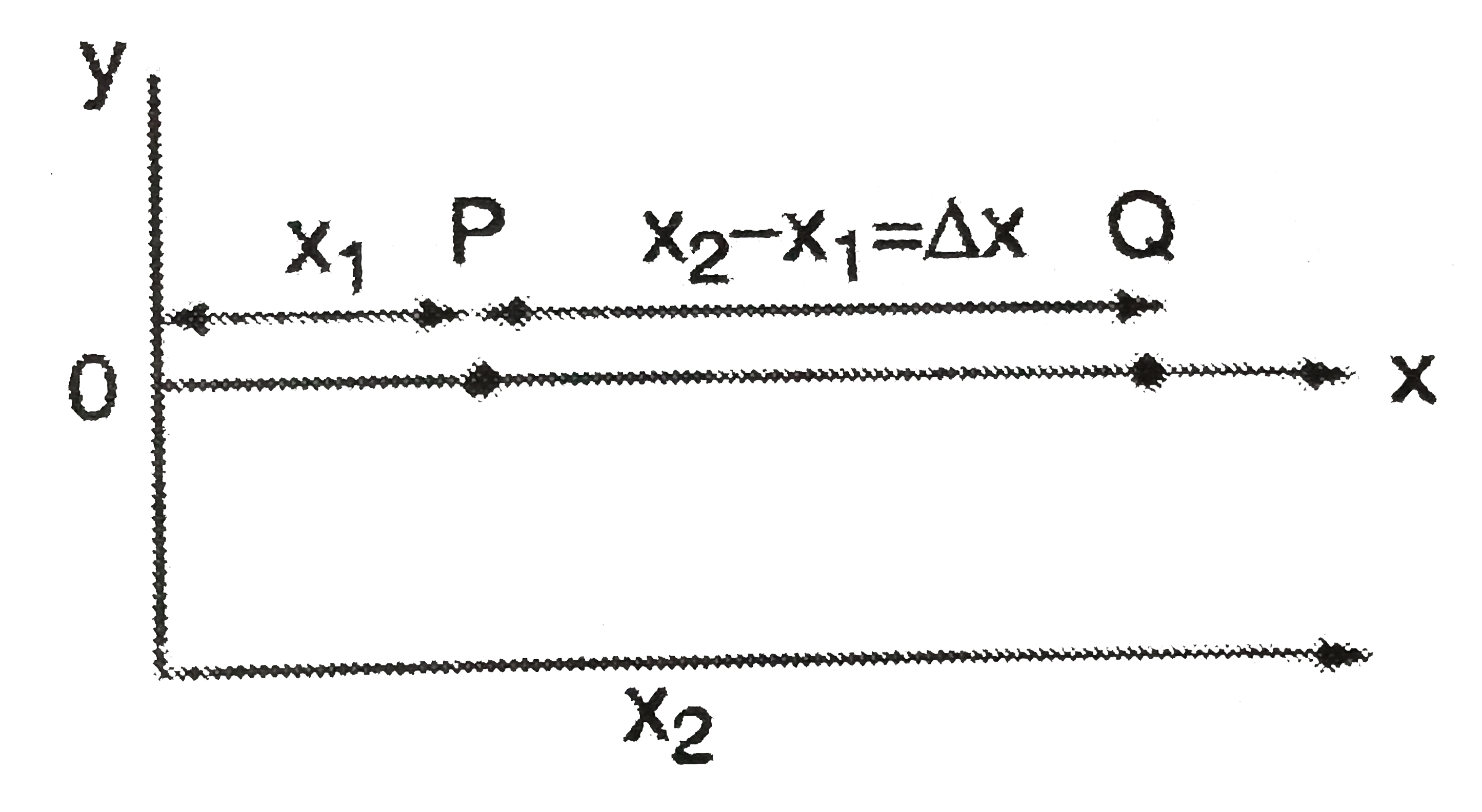
The average velocity ¯¯¯V=x2−x1t2−t1=ΔxΔt
A particle moves according to the equation x=t2+3t+4. The average velocity in the first 5 s is:View SolutionQuestion 14
Consider a particle moving along x-axis. Its distance from origin O is described by the co-ordinate x which varies with time. At a time t1, the particle is at point P, where its co-ordinate is x1 and at time t2, the particle is at point Q, where its co-ordinate is x2. The displacement during the time interval from t1 to t2 is the vector from P to Q, the x-component of this vector is (x2−x1) and all other components are zero.
It is convenient to represent the quantity x2−x1 the change in x by means of a notation Δ, thus Δx=x2−x1 and Δt=t2−t1.
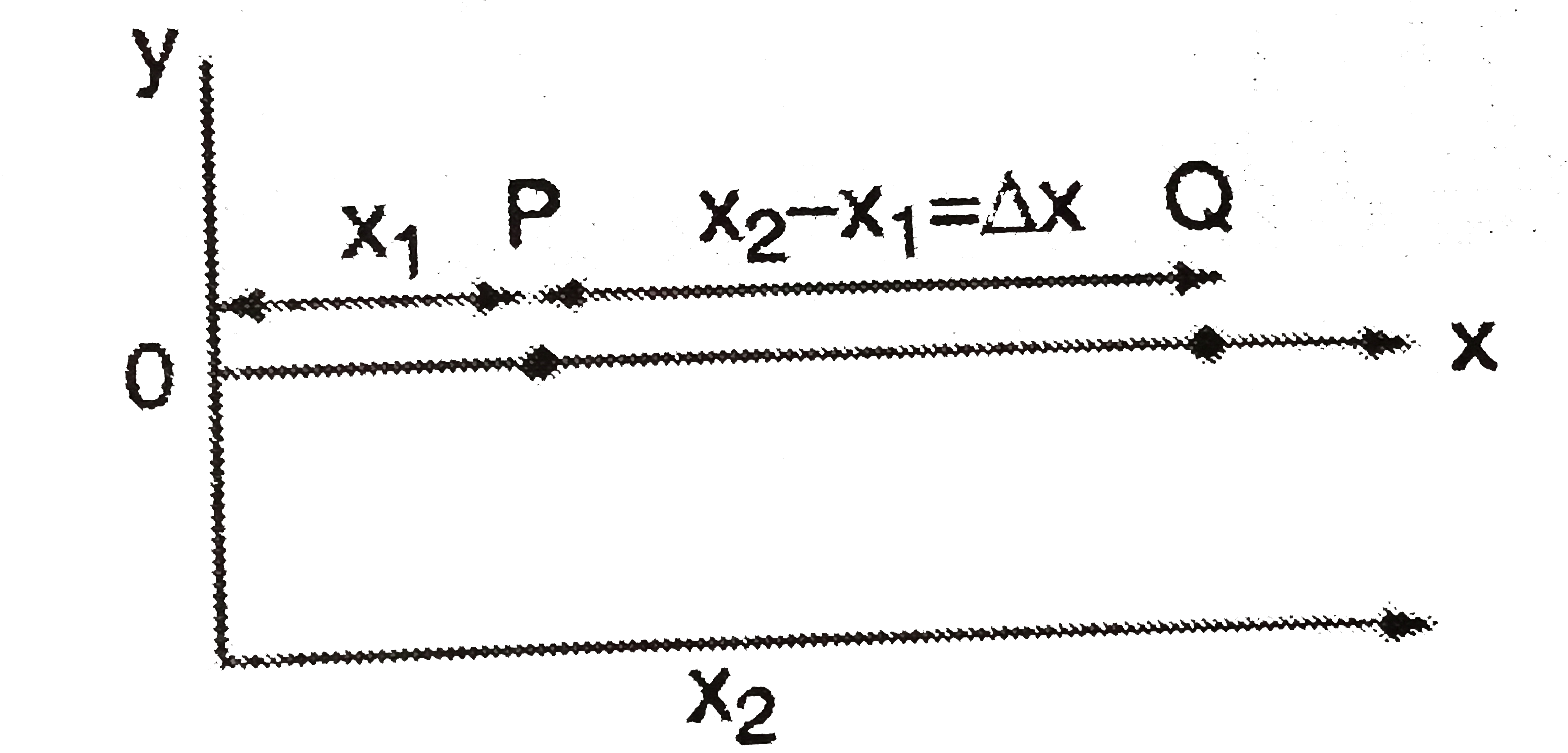
The average velocity ¯¯¯V=x2−x1t2−t1=ΔxΔt
The resistive force suffered by a motor boat is proportional to v2, where v is instantaneous velocity. The engine was shut down when the velocity of the boat was v0. Find the average velocity at any time t.View Solution

